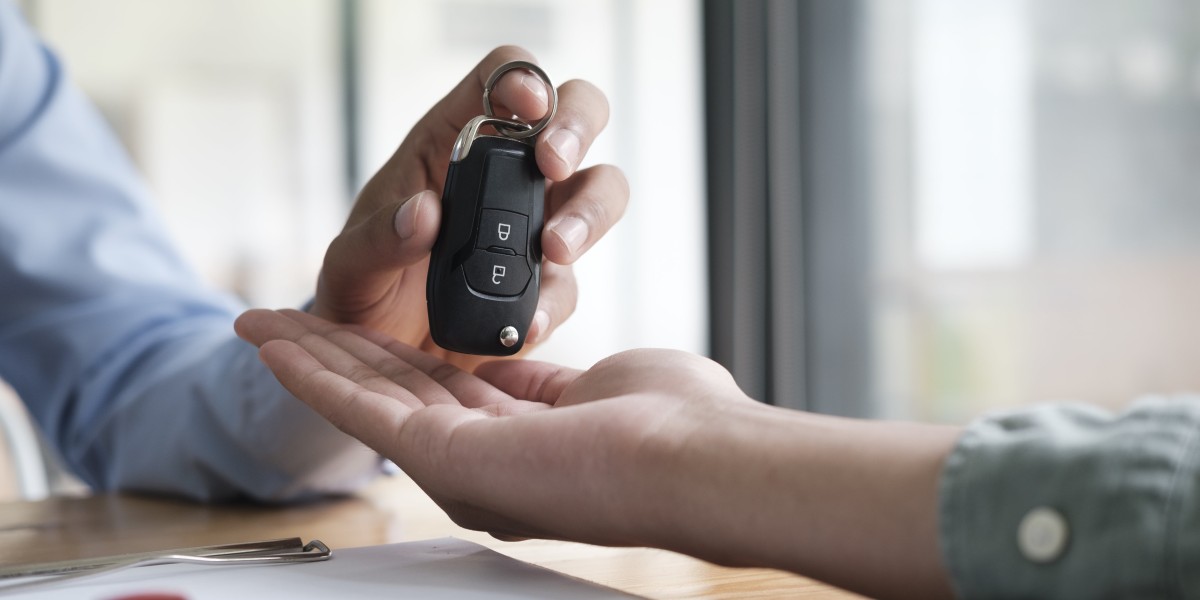Glaucoma, often called the "silent thief of sight," affects millions of people worldwide. What makes it even more insidious is its ability to cause vision loss gradually—without noticeable symptoms until significant damage has occurred. The good news? Technology is catching up, and a new wave of portable glaucoma diagnostic devices is making early detection more accessible than ever.
? A Shift from the Clinic to the Living Room
Traditionally, glaucoma testing has been confined to specialist clinics or hospitals, relying on expensive equipment and trained professionals. For many, especially those living in rural areas or with mobility issues, these visits can be challenging. However, the rise of portable diagnostic tools is starting to change the landscape.
Imagine a handheld device, roughly the size of your smartphone, capable of measuring intraocular pressure (IOP), analyzing optic nerve health, and detecting subtle changes in your visual field—all in the comfort of your own home. This isn’t science fiction. It's happening now, with several innovative devices hitting the market and more under development.
? How Do These Portable Devices Work?
Most portable glaucoma devices use non-invasive technologies such as:
Rebound tonometry, which gently taps the cornea to measure eye pressure without the need for numbing drops.
Portable OCT (Optical Coherence Tomography), which provides high-resolution images of the optic nerve and retina.
Smartphone-based visual field tests, where patients can track their peripheral vision using an app and a simple headset.
What’s truly remarkable is how these devices integrate with AI-powered algorithms. Instead of just delivering raw data, they analyze it and provide actionable insights—flagging potential problems and even tracking progression over time.
?♂️ Why This Matters for Patients
Let’s be honest: Life is busy. Taking time off work, traveling to a clinic, and waiting for appointments can be barriers to consistent glaucoma monitoring. For patients with early-stage glaucoma or those at high risk, portable devices offer a way to stay proactive without disrupting their routine.
Take Linda, for example. A 62-year-old retiree, Linda was diagnosed with early-stage glaucoma but found frequent clinic visits challenging due to her remote location. With her portable tonometer and visual field tester, she checks her eye health weekly and sends the data to her ophthalmologist via a secure app. As a result, her doctor caught subtle changes early, and her treatment plan was adjusted to prevent further vision loss.
? Bridging Global Gaps in Glaucoma Care
Portable diagnostic devices also hold enormous potential in low-resource settings. In many parts of the world, access to advanced eye care is limited. A portable device can empower community health workers or local clinics to screen for glaucoma efficiently, even in remote areas. This democratization of technology means that early detection—and prevention of blindness—becomes a reality for more people.
? What’s Next?
Looking ahead, the integration of cloud-based data sharing, real-time patient monitoring, and personalized AI analytics could turn these portable tools into powerful allies against glaucoma. We might see devices that automatically alert both patient and doctor to changes, suggesting a need for an in-person visit or treatment adjustment.








